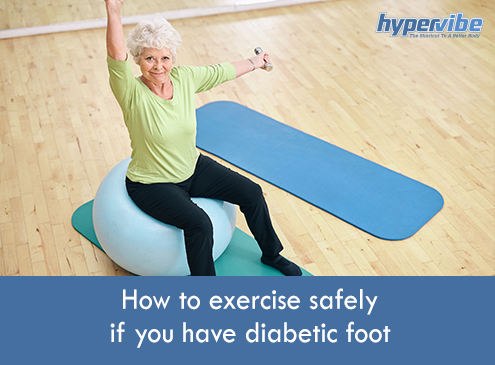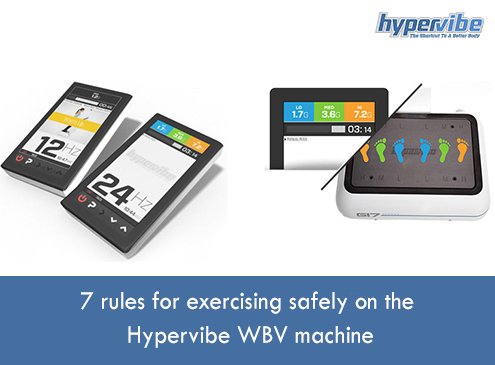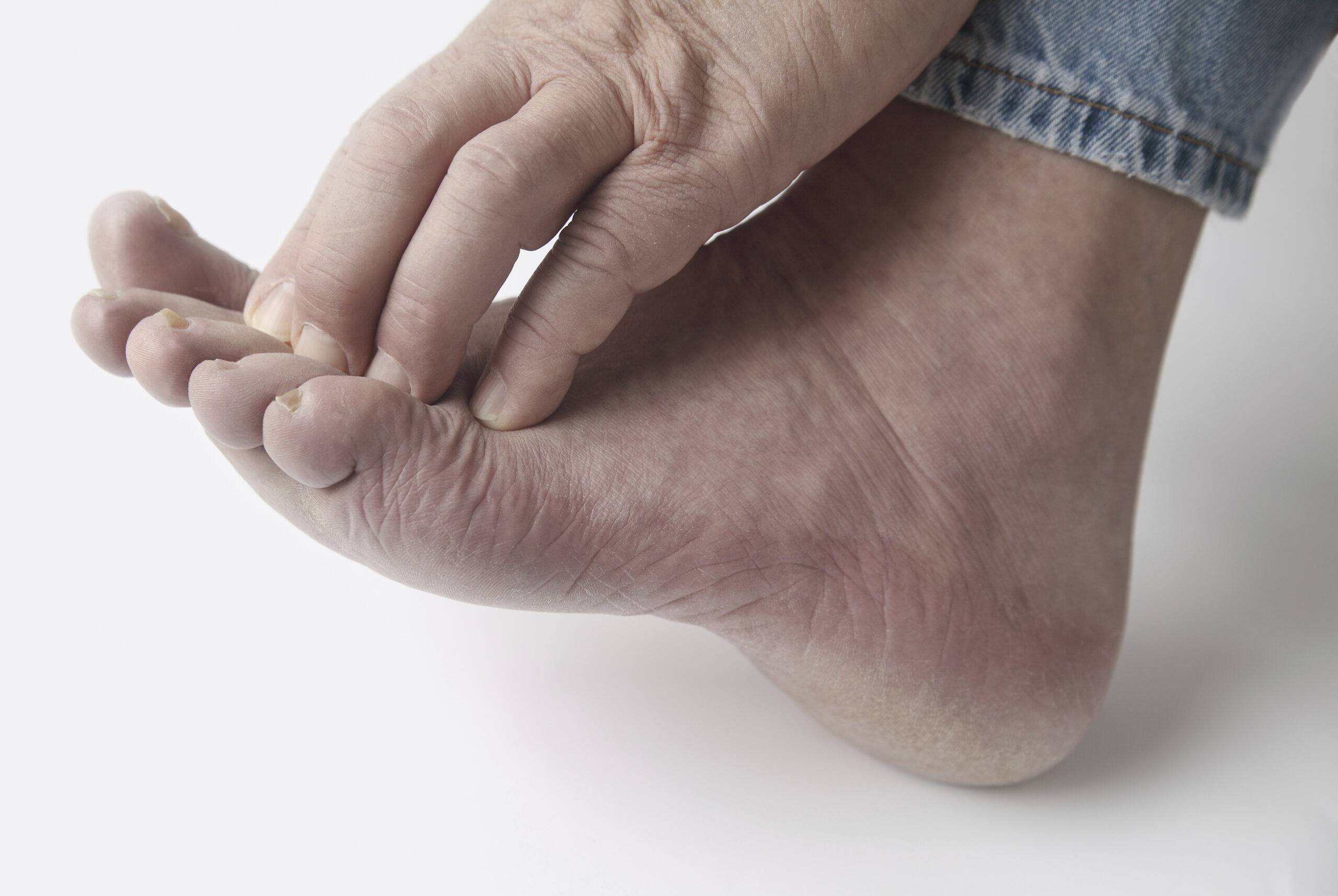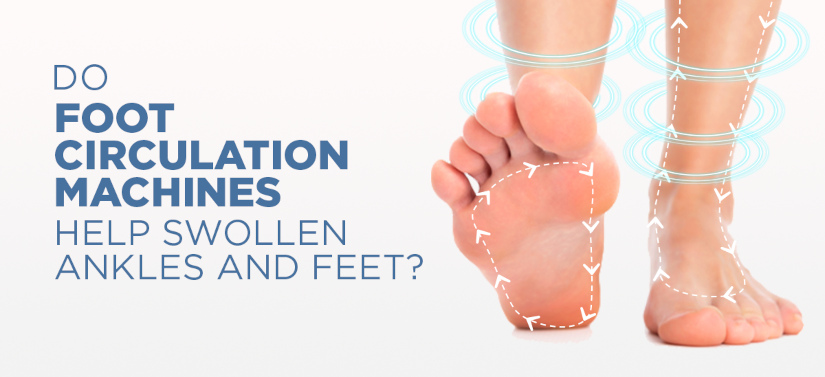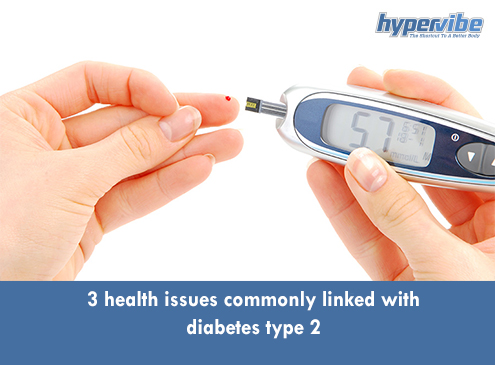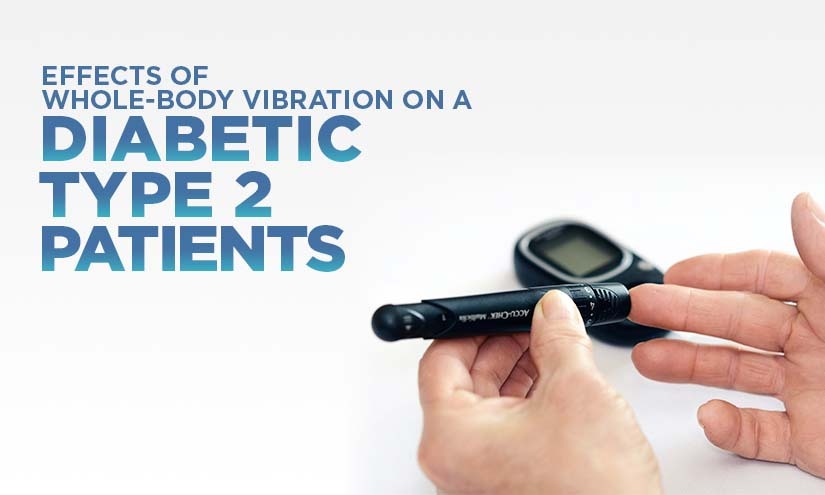Exercising Safely with Diabetic Foot: What to Know
The most common concern when it comes to exercising with diabetes is to keep blood sugar levels from getting too low or too high. Although every patient reacts differently to exercise, there are some general guidelines to follow for staying safe while practicing physical activities.
Checking the blood sugar levels before exercising, maintaining a daily routine and exercising at about the same time every day, warming up and cooling down to allow the heart and muscles to adjust their activity, as well as increasing the effort progressively can help in preventing glycemia values from dropping or increasing too much.
But what can you do when you suffer from the diabetic foot? Can you still exercise if you’re affected by this diabetes complication?
Diabetic foot occurs mostly in patients with diabetic neuropathy, a complication that affects the peripheral nerves and reduces one’s ability to feel pain. Most foot problems in people with this condition are the result of nerve damage and poor circulation.
Along with the lack of feeling, the reduced blood flow to the limbs can lead to the occurrence of small blisters, that can progress to serious infections in a few days or weeks. If this complication gets chronic, it can cause dry and cracked skin, creating the circumstances for bacterial infections to develop.
With improper care, this condition can lead to amputation, so diabetes sufferers must know how to exercise safely if they have a diabetic foot. Here’s what you can do to prevent complications and enjoy physical activities:
1. Always dry your feet after bathing and make sure they’re dry before and after exercise. To prevent skin from cracking, seal in the moisture with a thin coat of unscented cream, but avoid putting oil or cream between the toes, as the extra moisture can favor infections.
2. Make sure to wear proper shoes when exercising or walking for longer distances. Poorly fitting shoes favor the formation of ulcers, and even if some ulcers don’t hurt, they can result in infections and can lead to amputation. If the ulcer is not healing, you may need to wear special shoes or have your foot put in a special brace or cast for a while.
3. Avoiding smoking is crucial for diabetic foot sufferers, as smoke causes the blood vessels to harden, and diabetes itself causes the veins and arteries in the legs to narrow and harden. To prevent poor blood flow, stay away from cigarettes and avoid secondhand smoke as much as possible.
4. Avoid high-impact, strenuous activities and prolonged weight-bearing exercises, like walking for long distances, lifting weights, jumping, hopping, treadmill running, or other such activities that put increased pressure on your feet. These can worsen the injuries, leading to open sores and ulcers.
Instead, opt for light to moderate activities like walking, cycling, swimming, indoor biking, elliptical bike exercises, or whole body vibration. These don’t put that much pressure on your feet and help in stimulating circulation.
Bodyweight exercises are also safe as long as they’re not too intense and don’t involve jumping or other movements that could reduce the blood flow in the lower limbs. Balance and flexibility exercises are beneficial, and a light massage after the workout helps as well.
5. Always make sure the room you exercise in isn’t too hot, as exercising in heat conditions can cause dehydration and lead to complications like hypoglycemia and fainting.
For extra precaution, avoid walking or exercising barefoot as the nerve damage decreases the sensation in your feet and you may not notice if your skin gets cracked or a blister forms. Always wear shoes and slippers.
In cold temperatures, wear warming socks but make sure they’re loose and don’t compress your blood sugar levels. Never go outside without socks if it’s cold, as this can cause serious circulation problems for diabetic foot sufferers.
Have something to add to this article? Comment below or join our Facebook community and share your thoughts with us!
